
Œuvre marquante : La jeune fille à la perle, Johannes Vermeer
Né à Delft le 31 Octobre 1632, Johannes Vermeer fait partie des peintres les plus célèbres du siècle d’or. Pour autant, il ne nous reste
Nearly two and a half centuries ago, on April 23, 1775, Joseph Mallord William Turner was born. A virtuoso of painting, the British artist is one of the most well-known artists of the 19th century whose incomprarable talent has earned him the nickname “Painter of Light”. The Jacquemart André Museum in Paris is currently exhibiting his paintings and watercolours on loan from the Tate. While waiting for its reopening you can find these works accompanied by explanations on the social networks of the museum.
J.M.W. Turner’s talent did not wait to reveal himself in the eyes of his peers. From the age of 12, the young artist multiplied the watercolours of navy in the fashion of the time that made his father proud. The latter works as a barber in London while his mother, suffering, gradually loses her mind. This does not prevent the young prodigy from persevering in his discipline, largely supported by his father who, confident of his potential, enrolls his son in an architectural workshop in order to improve his technique of drawing and perspective.
In 1789, William Turner was ready to revolutionize painting and entered the prestigious Royal Academy of Arts. Insatiable, he is passionate about the works of Rembrandt, Van de Velde, Titan or the French Nicolas Poussin and Claude Lorrain. He made many trips to Europe, and moved away from the paintings after nature to create his own style that challenged the viewer on the sensations and impressions that a landscape provides. A few years later, this approach inspired a certain Claude Monet and other impressionists of the late 19th century.
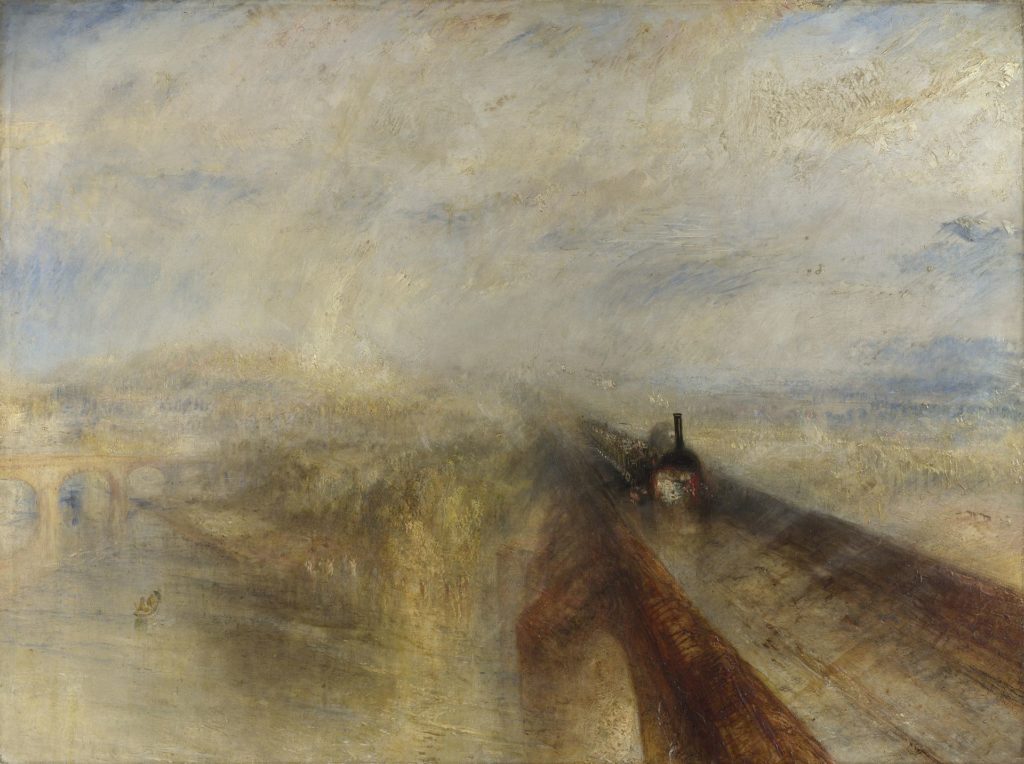
The bright light of the Venetian sun, the disturbing calm of a moonlight on a sleepy port, every spectacle Turner offers us causes something in us. Aware of his genius, he allows himself all the freedoms to achieve his ends and transcribe the emotion that accompanies a landscape. Some paintings have important abstract phases and shapes become vaguely recognizable.
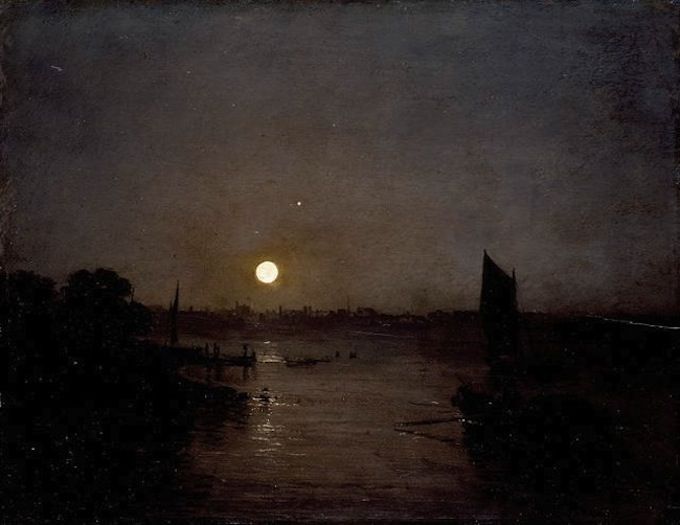
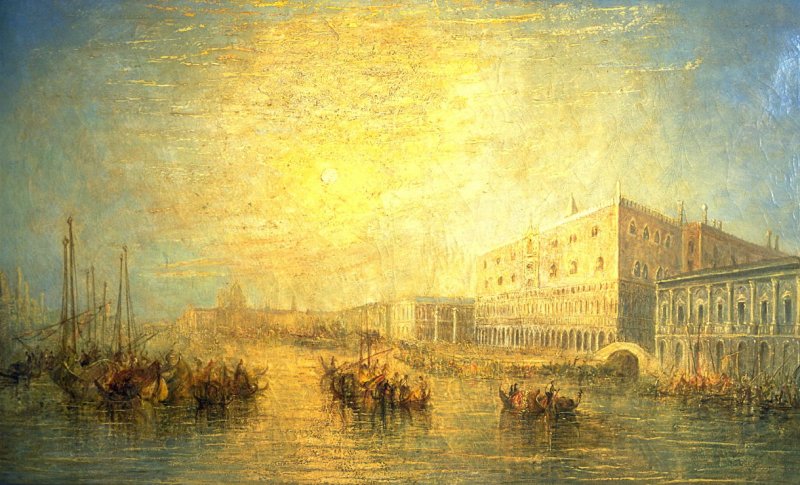
In the 1830s, the painter who was no longer presented took a radical turn. More than ever obsessed with the effect his paintings have on his audience, William Turner decides to set it on fire. This period has its source in the discovery of chrome yellow, an innovative pigment that will strongly arouse the interest of the artist. The resulting paintings, such as The Fire of the House of Lords and the Commons of 1834, were very poorly received by critics at the time. These works are considered clumsy and misplaced and cause his rating to fall.
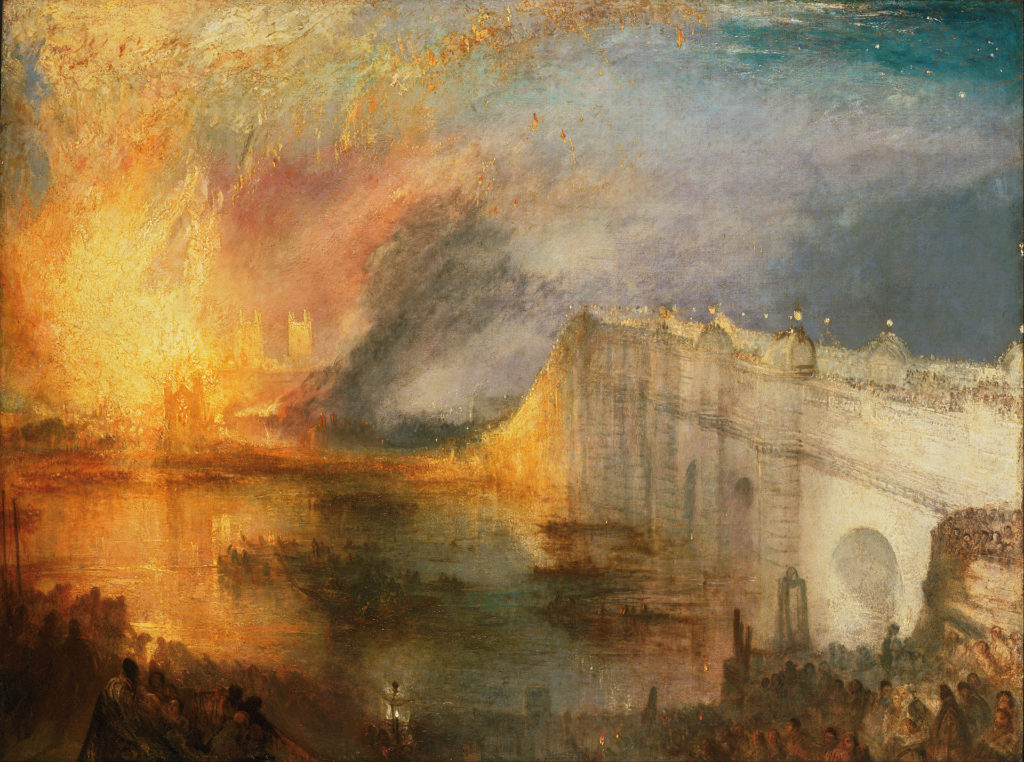
Course error? Failed bet? His friend and art critic John Ruskin assures us the opposite: “The instinctive and burning language would express less if he said more.” Indeed, how can we not be captivated by the raging flames that swirl before us? This period, arguably the furthest from the romanticism of the seas of the time, seems to be the most emblematic of Turner’s research work.
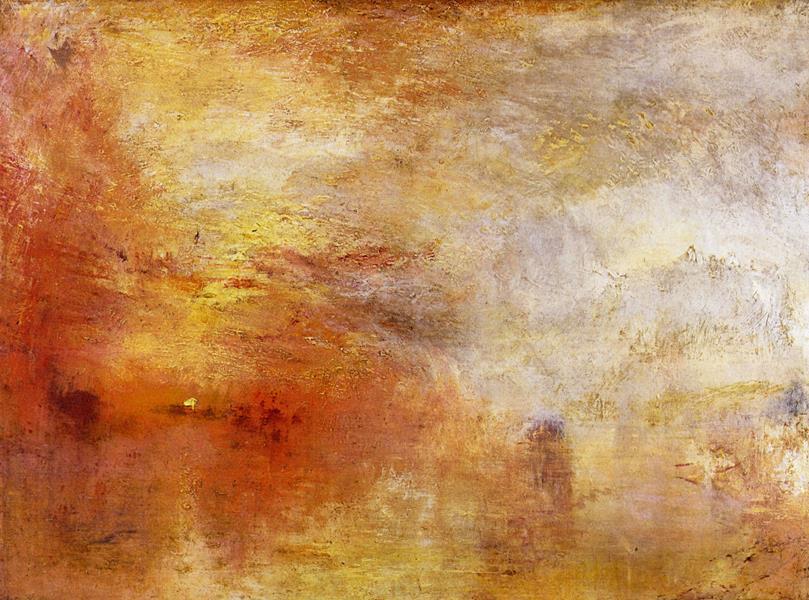
Turner’s freedom of gesture is due to the many successes he has enjoyed throughout his career. At the age of 24, he was elected a member of the Royal Academy. He opened his own gallery in London in 1804. His paintings place him at the head of a small fortune but he continues to live modestly. However, he likes to play with his success. A few hours before the beginning of his exhibitions, the artist used to send sketches of canvases that he finished on the spot, under the gaze of his admirers.
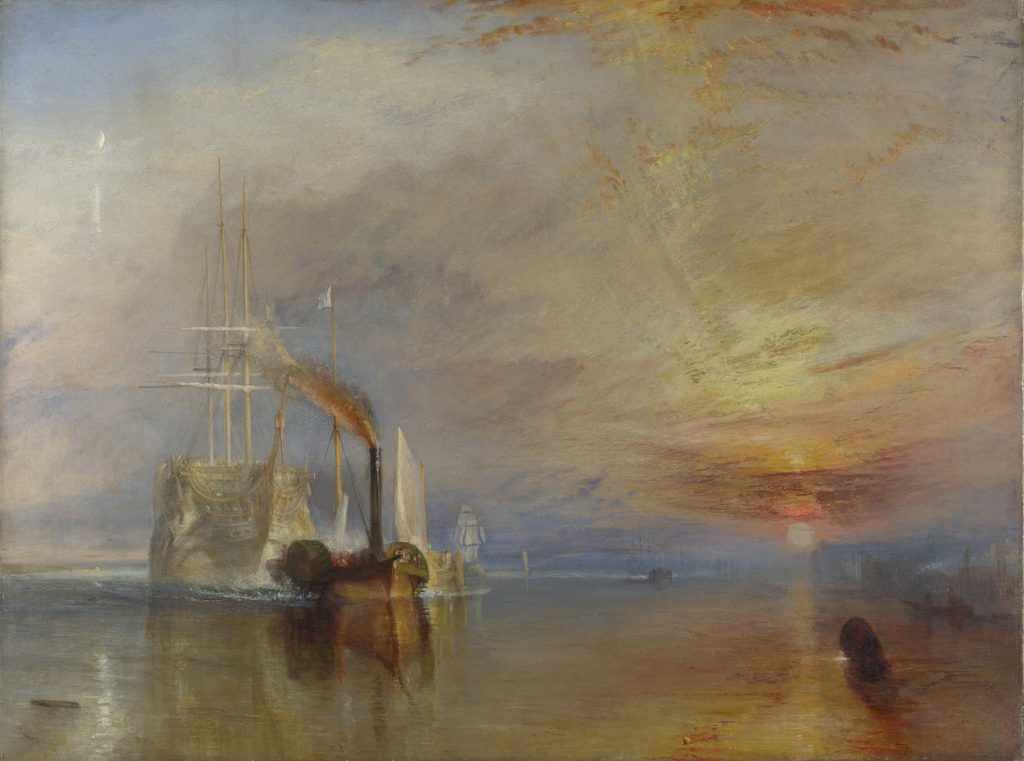
The artist even plays with his success by feeding his legend. For example, he claims to have been present on the Ariel when it was going through a violent storm. He then allegedly asked crew members to attach him to the mast to witness the release of the elements in order to record it in his snowstorm at sea canvas. This fact has never been proven, but contributes to the myth of an already extraordinary artist.
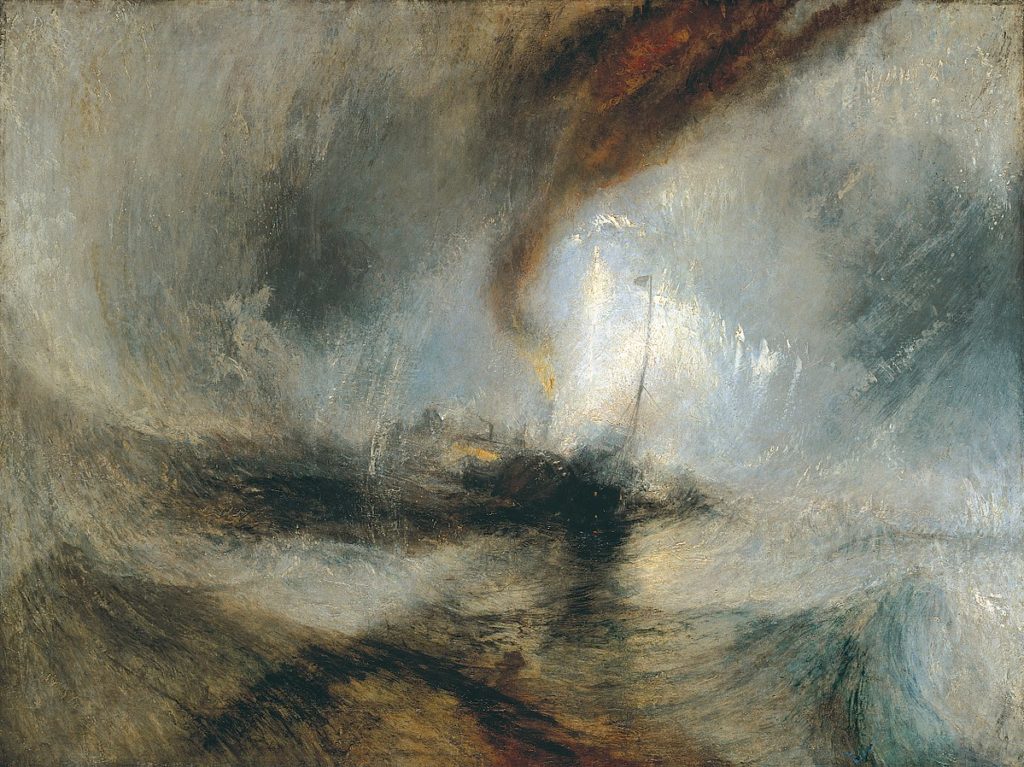
The audacity and freedom of gesture have inspired generations of artists. The expression of a feeling in an abstract tumult of colors that fascinates us in Turner’s work has allowed many artists to assert themselves and gain confidence in their approach. This is the case of Marine Bonzom who gives us a personal art with finely associated nuances. Her paintings speak of moments of a young woman’s life, composed of ecstasy and afflictions.


Né à Delft le 31 Octobre 1632, Johannes Vermeer fait partie des peintres les plus célèbres du siècle d’or. Pour autant, il ne nous reste
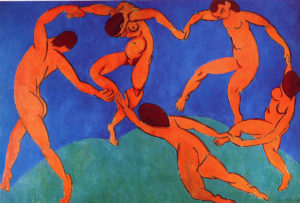
On the occasion of Henri Matisse’s 150th birthday (1869-1954), the George Pompidou Centre gave him a great retrospective. It is currently closed to the public

A l’occasion du 150ème anniversaire d’Henri Matisse (1869-1954), le Centre George Pompidou lui accorde une grande retrospective. On ne vous apprend rien en vous disant

Marine Bonzom is a young artist from the South West noted for her vibrant abstract canvases that transport us. For this globe trotter always ready

Marine Bonzom est une jeune artiste du Sud Ouest remarquée pour ses toiles abstraites vibrantes qui nous transportent. Pour cette globe trotteuse toujours prête pour

You may have seen this here and there, while walking in Paris, Miami or Sao Paulo, this iconic sailor with a white beard. It is
Restez informé(e) de notre actualité